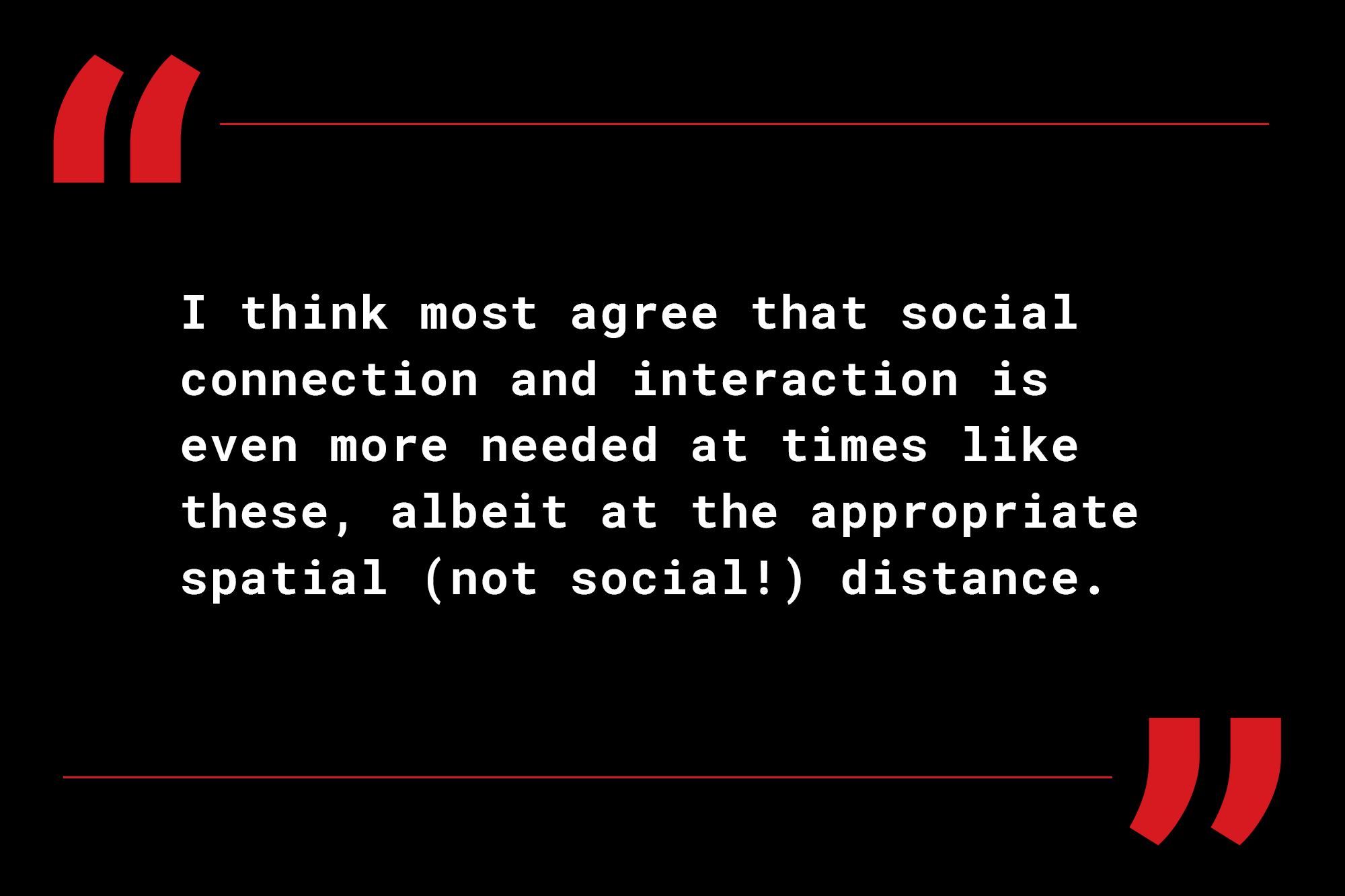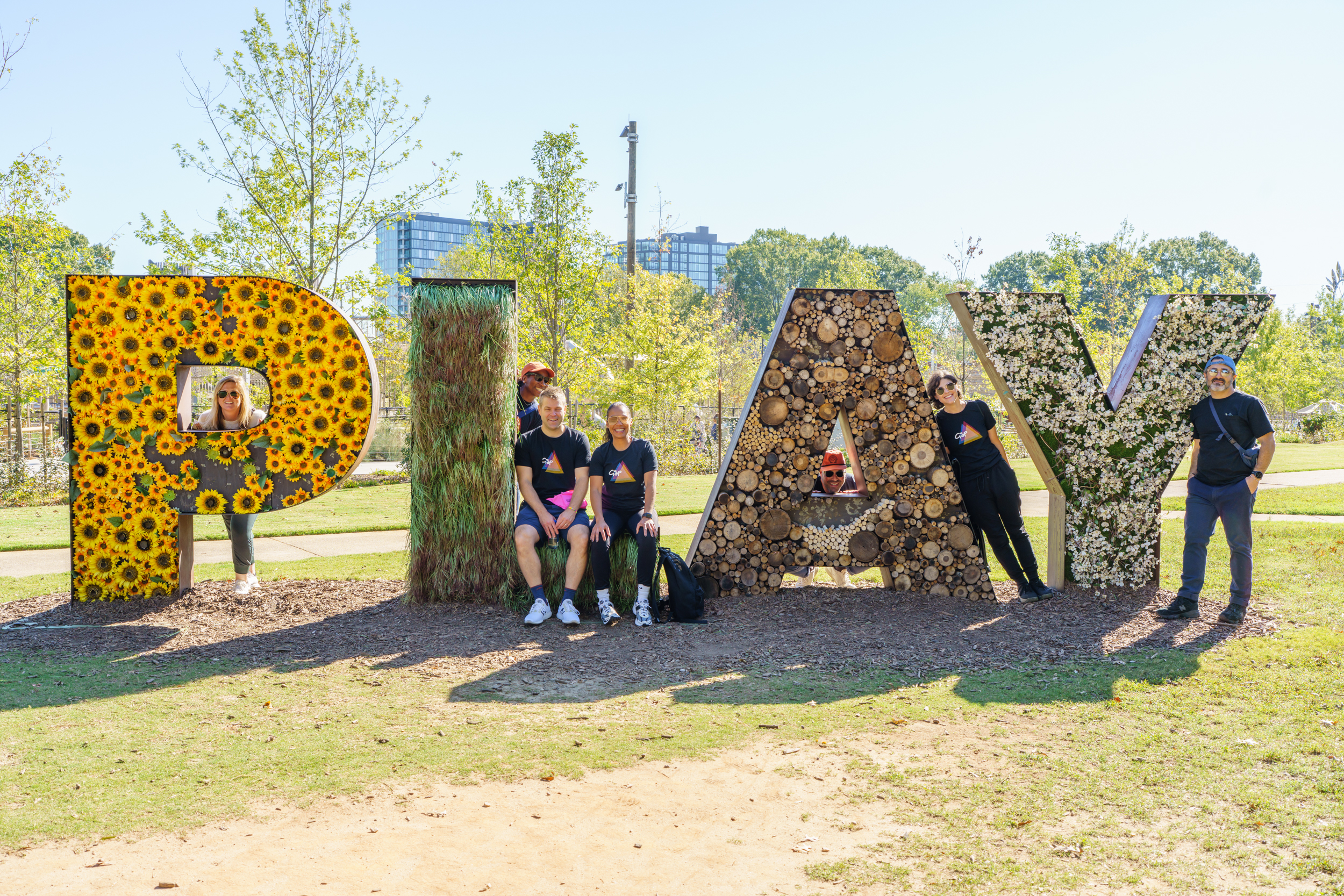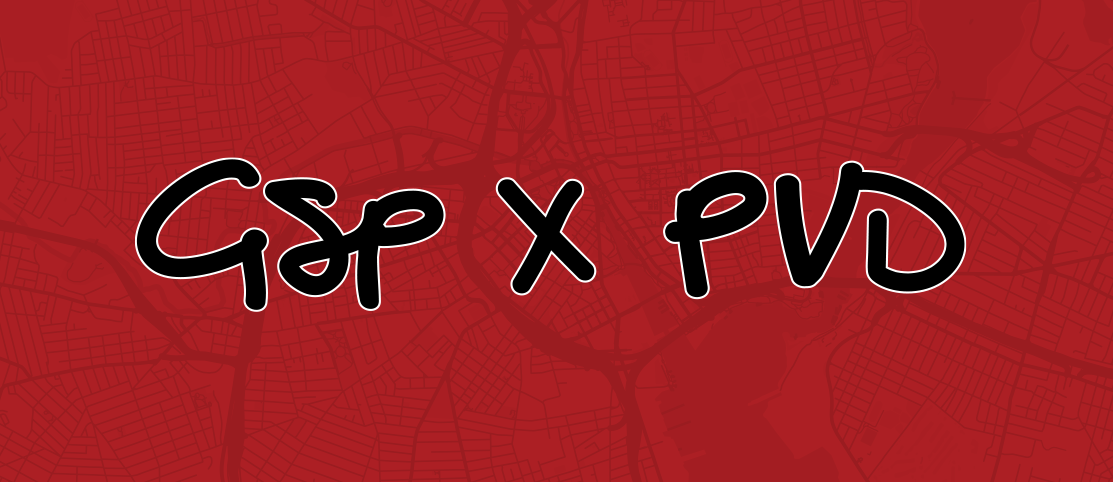Spatial Distancing
Something that has been bothering me for months is the phrase “social distancing.” Why? Because it’s a misnomer. Nobody wants to encourage social distancing; what we actually want is spatial distance. That’s why COVID signage is almost always accompanied by some kind of distance parameter, typically 6 feet or 2 meters. Other countries and our own government are well aware of this fact, as evidenced by their choice of language: “safe distancing” (Singapore) and “physical distancing” (the World Health Organization, who clarified their terminology on March 20).
Not to get too cerebral, but social distance – according to Construal Level Theory – actually describes psychological distance or a distance between social groups. Robert E. Park, an American urban sociologist, defined social distance as “an attempt to reduce to something like measurable terms the grade and degrees of understanding and intimacy which characterizes personal and social relations generally.” Got that?
I think most agree that social connection and interaction is even more needed at times like these, albeit at the appropriate spatial distance. Part of why I’ve loved writing about restaurants during a pandemic is that it has provided an outlet for social interaction during a time when chance encounters are few and far between. We can reach out to those we already know – i.e “distant socializing” – but the kind of ad hoc social interactions that are a part of urban life are profoundly absent and almost viscerally missed.
I recognize that I’m totally not putting the genie back in the bottle with this one, but now you know.




